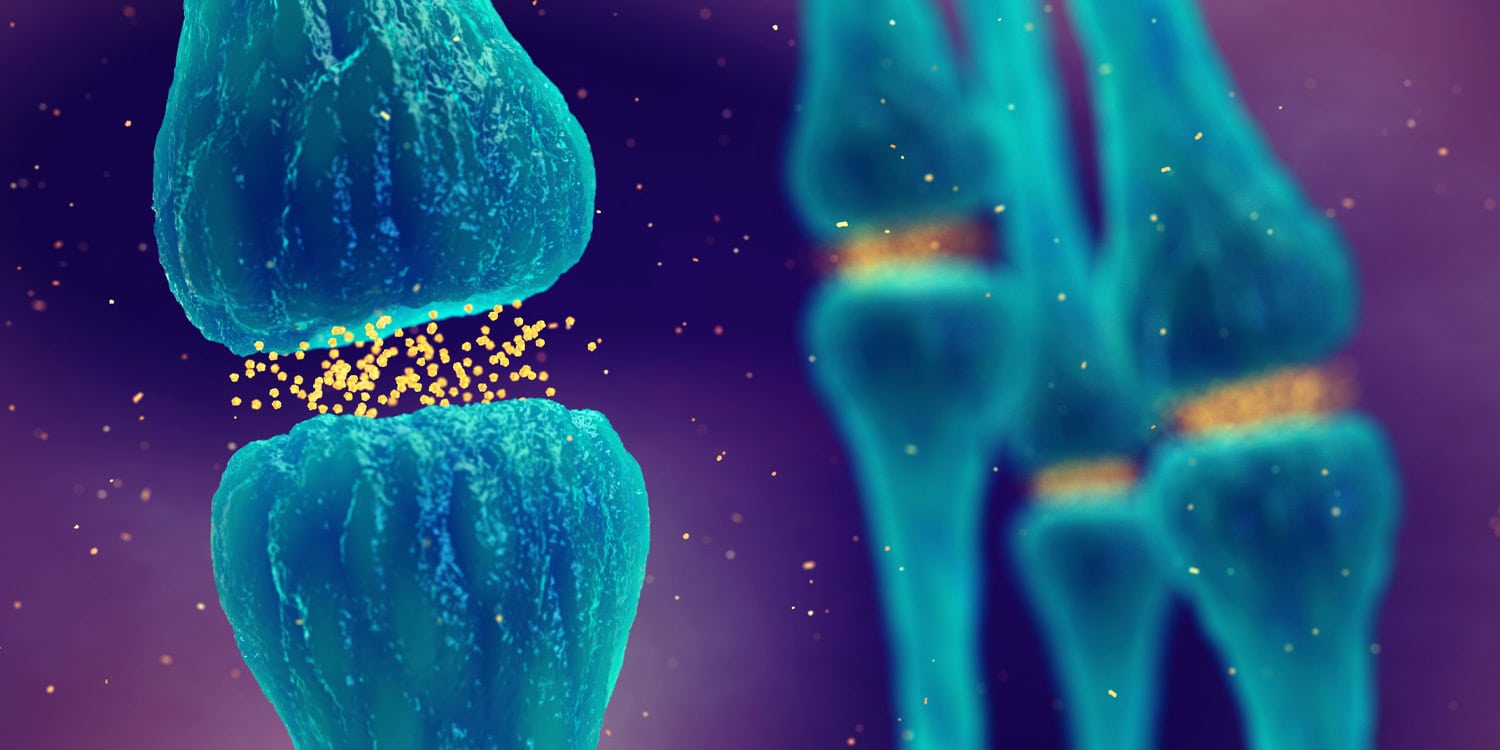Researchers from the University of California, San Diego, have identified a shared mechanism in the brain that explains how different drugs, such as methamphetamine and PCP (commonly known as “angel dust”), result in similar cognitive impairments, including memory loss. The study, published in Nature Communications, reveals that these drugs cause neurons in the medial prefrontal cortex to alter the way they communicate through a process called neurotransmitter switching.
The motivation for this research stemmed from a long-standing mystery in neuroscience: how do drugs with distinct mechanisms of action produce similar cognitive impairments? Methamphetamine influences dopamine signaling, while PCP targets glutamate systems.
Despite these differences, both drugs are known to impair memory and mimic symptoms of disorders like schizophrenia. By investigating a shared mechanism underlying these effects, the researchers hoped to uncover potential therapeutic targets for treating drug-induced cognitive deficits and other related conditions.
Cognitive impairments, including memory deficits, are common in individuals who misuse drugs. These impairments often persist long after the drug use has stopped, significantly impacting quality of life. Understanding the underlying neuronal mechanisms could not only help in treating these deficits but also shed light on broader neuropsychiatric conditions.
“Repeated consumption and misuse of addictive drugs can create a series of problems for both drug users and the society in which they live, such as lost work productivity and impaired relationships,” said study authors Marta Pratelli (an assistant project scientist) and Nicholas C. Spitzer (a professor in the neurobiology department).
“The effects of drugs on brain function—and, consequently, on user behavior—are not limited to the period of intoxication but can persist even after prolonged periods of abstinence. Long-lasting cognitive and memory deficits, for example, are prevalent among individuals that were repeatedly exposed to drugs or alcohol, but the underlying basis of these behavioral alterations is not well understood.”
“We were interested in exploring how drugs affect the brain, leading to long-lasting memory impairments. We asked whether a form of neuroplasticity called neurotransmitter switching, in which a group of neurons lose the transmitter they previously expressed and gain a new one, was involved.”
The researchers focused on the medial prefrontal cortex, a brain region essential for cognitive control and memory. Using mice as their model, they examined the effects of repeated exposure to methamphetamine and PCP. Both drugs were administered daily for 10 days, with a control group receiving no drugs.
The key finding was the discovery that both methamphetamine and PCP caused neurons in the medial prefrontal cortex to undergo neurotransmitter switching. Glutamatergic neurons began producing GABA and the same subset of neurons underwent this transformation after exposure to either drug.
“We were surprised that both drugs caused the transmitter switch in the same neurons,” Pratelli and Spitzer told PsyPost. “This unexpected result could explain why both drugs produce the same memory deficits.”
The researchers conducted behavioral tests to assess memory, such as the novel object recognition test and the spontaneous alternation task. Both tests evaluate the ability to remember and discriminate between new and familiar stimuli—a function closely tied to medial prefrontal cortex activity.
Mice exposed to either drug displayed significant deficits in these tasks, performing poorly compared to control animals. Importantly, the extent of the memory impairments correlated with the number of neurons that had switched from glutamate to GABA.
The researchers also explored the role of dopaminergic neurons in the ventral tegmental area — a small region in the midbrain that plays a key role in reward, motivation, and learning by producing and releasing dopamine to other parts of the brain. They found that increased activity in dopaminergic neurons in the ventral tegmental area was both necessary and sufficient to drive the neurotransmitter switching in the medial prefrontal cortex.
When these neurons were artificially stimulated using optogenetic techniques, glutamatergic neurons in the prefrontal cortex began producing GABA, even in the absence of drug administration. This experiment demonstrated that heightened dopaminergic activity alone could replicate the effects of methamphetamine and PCP.
“We were also surprised to find that artificially stimulating dopaminergic neurons in the ventral tegmental area, to mimic some of the effects of addictive substances, was sufficient to induce the same transmitter switching observed after treatment with methamphetamine or PCP, even in the absence of drug administration,” Pratelli and Spitzer said. “These findings suggest that drugs of abuse other than PCP and methamphetamine could cause the same transmitter switching by affecting the firing of dopaminergic neurons in the ventral tegmental area.”
One of the most exciting findings was the discovery that the neurotransmitter switch, and the associated memory deficits, are reversible. After the mice had undergone the neurotransmitter switch and exhibited memory impairments, interventions to normalize activity in the medial prefrontal cortex reversed both the neuronal and behavioral changes.
Clozapine, an antipsychotic drug known to reduce neural activity, was particularly effective. When administered after drug exposure, clozapine restored normal neurotransmitter production in the affected neurons and rescued memory function in the mice.
Similarly, targeted chemogenetic suppression of prefrontal cortex hyperactivity after the drug treatments reversed the neurotransmitter switch and behavioral deficits. These findings indicate that the memory impairments caused by methamphetamine and PCP are not permanent and can be mitigated with appropriate interventions.
“Repeated exposure to drugs of abuse changes the transmitter expressed by a group of cortical neurons, leading to long-lasting cognitive deficits,” Pratelli and Spitzer told PsyPost. “The good news is that this change in transmitter can be reversed, thereby normalizing behaviors.”
“Indeed, even after repeated exposure to PCP, it is possible to reverse the transmitter switch from glutamate to GABA and the resulting memory loss using clozapine, an antipsychotic drug. In addition, non-invasive methods for local reduction of brain activity, such as transcranial magnetic stimulation (TMS), could be developed to provide drug-free therapy for consumption of PCP or methamphetamine.”
While the findings are promising, the study has limitations. The experiments were conducted in mice, which may not fully replicate human drug use behaviors or brain complexity. “As with all research involving animal models, caution should be exercised in extrapolating the results to those that would be obtained with human subjects,” Pratelli and Spitzer noted. “For example, mice in this study did not self-administer drugs as humans would, and methamphetamine and PCP were administered to mice by the experimenter (once a day for 10 days).”
“Since there are many other drugs that increase electrical activity in the medial prefrontal cortex, and affect the firing of dopaminergic neurons in the ventral tegmental area, we want to find out whether some of them, such as the opiates, cause the same transmitter switch. We are also keen to learn whether non-invasive local suppression of drug-induced brain activity can be a general therapy for behavioral alterations caused by drug consumption. Finally, it would be interesting to investigate whether other instances of neurotransmitter switching are involved in drug-induced behaviors relevant to the development of substance use disorders.
“We are neuroscientists focused on achieving fundamental knowledge of the way in which the brain works and how the brain changes in response to experience,” the researchers added. “It is deeply satisfying to make discoveries that have the potential to produce therapies that would benefit people dealing with the consequences of drug consumption.”
The study, “Drug-induced change in transmitter identity is a shared mechanism generating cognitive deficits,” was authored by Marta Pratelli, Anna M. Hakimi, Arth Thaker, Hyeonseok Jang, Hui-quan Li, Swetha K. Godavarthi, Byung Kook Lim, and Nicholas C. Spitzer.




